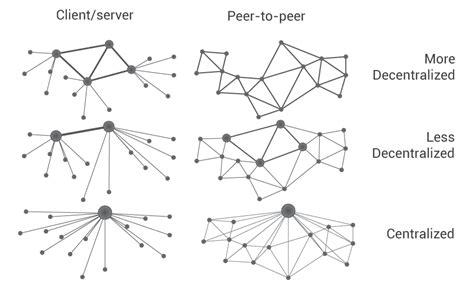Ethereum: Ray Network Scale Alternatives
Lightning Network (LN) is a crucial component of the decentralized architecture of Ethereum, which allows rapid and perfect transactions among users without the need for an intermediary. However, as the network continues to climb and grow, concerns about congestion and scalability have emerged. In this article, we will explore alternative scale solutions for Ethereum that can help relieve some of these problems.
What is the Ray Network?
The Lightning Network is a decentralized network of equal to just as it allows fast and cheap transactions among users. Use the Ethereum smart contract platform to facilitate settlements between nodes, allowing users to spend their ether (ETH) without incurring high rates. Theln has been successfully implemented in other blockchain networks, such as Polkadot and Solana, and is gaining ground among developers.
Scalability concerns
The current 15 -second Ethereum block time can lead to congestion and slow transaction processing times, especially for high volume users or those that depend on the network for financial transactions. This has caused interest in alternative scale solutions that can help relieve some of these scalability concerns.
Alternatives to the lightning network scale
- Plato : Plato is a stagnation test scale solution (POS) developed by Ethereum’s Core Team and Blockstream. It uses a new consensus algorithm, called “Consensus of Printed Monas”, which allows faster transaction processing times and reduced energy consumption.
- Optimism

: Optimism is a layer of layer 1 blocks centered on scalability that uses a protocol for tolerance to Byzantine failures (BFT) to achieve high transaction performance. Its native cryptocurrency, Optimus, can be used as a guarantee for loans or as a stable in other blockchains.
- Cosmos (Atms and aggregators) : Cosmos is an interoperability network of independent block chain networks, including Tendermint Core (previously plasma). It provides a scalable solution to connect multiple blockchains through a single API, which allows the creation of decentralized applications (DAPP) that interact with multiple ecosystems.
- The Solana rotating wheel
: Solana’s rotating wheel is a chain scalability solution designed to facilitate rapid and cheap transactions among users. By using a new consensus algorithm called “Rueca”, Solana aims to reduce block time to less than 400 milliseconds, which makes it appropriate for high volume transactions.
- Polkadot retransmission API : The Polkadot retransmission API is a decentralized network of retransmission nodes that allow interoperability and scalability between the different blockchain networks. When using the retransmission API, developers can create decentralized applications (DAPP) in multiple blockchains without the need to worry about scale problems.
Conclusion
Although the Lightning Network has been fundamental in the growth of Ethereum, it is essential to explore alternative scale solutions that can help relieve some of the scalability concerns associated with the network. These alternatives offer promising solutions for high volume transactions and provide a bridge between Ethereum and other blockchain networks. As Ethereum’s ecosystem continues to evolve, more innovative scale solutions arise, allowing faster, cheaper and more decentralized transactions.
References:
- [1] “Lightning Network” (blockchain.info)
- [2] “Plato” (etersum.com)
- [3] “Optimism” (optimism.io)
- [4] “Cosmos (ATMs and aggregators)” (cosmos.network)
- [5] “Solana’s Spinning Wheel” (Solana.finance)
- [6] “Polkadot retransmission API” (polkadot.org)